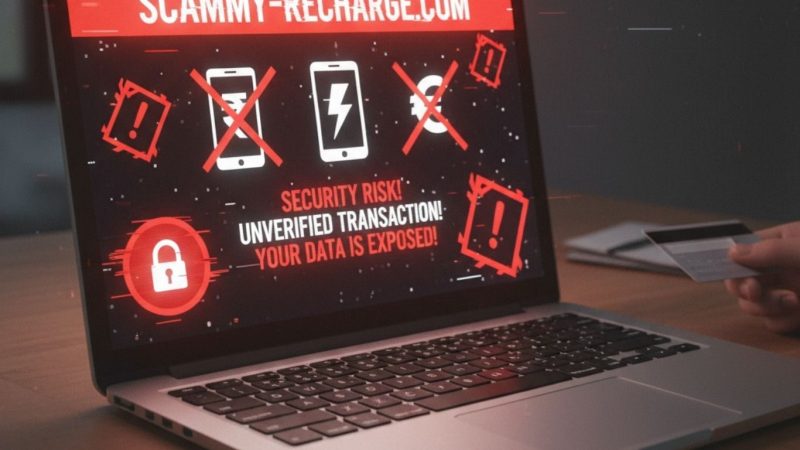Tips to Protect Your Business From Cyberattacks

The cybersecurity landscape is constantly evolving as hackers are always looking for ways to get around the new defenses being implemented. Small businesses with fewer resources and less security protection are at a higher risk of cyberattacks compared to large organizations. According to Accenture’s ninth Annual Cost of Cybercrime Study, 45% of the cyberattacks target small businesses. This can be surprising to many small business owners who believe that cyber attackers are after big organizations.
However, that doesn’t mean that large companies are any safer. Hackers look for vulnerabilities and target businesses with weak defense systems. So how can you take proper precautions to protect your business and prevent cyberattacks? Here are a few tips you can put into practice.
Get Educated
One of the best ways to protect your business and employees from cyberattacks is by educating yourself about cyberattacks. Research how attackers operate, how attacks occur, the tricks they use, how to protect your devices, and the simple policies you can put in place to protect your business, staff, and clients. There are plenty of resources, including the steps organizations can take to protect themselves against cybersecurity threats you can incorporate in your company. Once you know all about cyberattacks, you’re well-equipped and prepared to develop ways to make your business safer.
Train Your Employees
Your employees are the first and last line of defense against cyber threats. It’s critical to talk to them about their role in securing and protecting the information of the company, colleagues, and customers. Make sure they learn about the threats they’re likely to face and what they can do to stay safe. If you have invested in security systems, find an expert to train your employees on how to use these systems to tighten security, prevent data breaches and protect themselves and the company.
Create a Cyber-Security Plan
Your next step in protecting your company involves creating a well-organized cybersecurity plan. The plan should include seasonal employee training, especially when there’s new technology. You also want to make sure that your employees understand all the security procedures you want to put in place. Part of the plan should include a password reset after a specific duration. You can have a system that automatically invalidates the passwords after some time, so employees can enter new passwords. You can also provide guidelines and printouts emphasizing the steps employees can take when facing a security threat. Your plan should include whom to contact, where backups are stored, and when to inform law enforcement.
Invest in AWS Well Architected Framework
Amazon Web Service’s (AWS) well architected framework allows you to develop approaches that review workloads, best practices, and security to mitigate risks in your business. One of the pillars of the AWS well-architected framework is security. It helps you meet your security objectives by keeping you updated with security threats, protecting data from unauthorized access, and setting up protection controls. The tool makes it easier to manage keys, encrypt data and automate key rotation.
Be Smart About Passwords and Passphrases

The National Institute of Standards and Technology (NIST) recommends passwords be at least eight characters. According to NIST, length is more beneficial than complexity. Instead of setting complex, unique passwords, let your employees create lengthy, unique passwords that will be easy to remember. You can also use passphrases instead of passwords to lock work devices and networks. Passphrases can be a collection of words that provide better protection than passwords. Passphrases are complicated for cyber attackers to crack, and they take a shorter time to enter than entering passwords. Be sure to back up the passwords and passphrases with a two-factor authentication which requires users to enter a code sent to their email or phone to access devices and networks. The six or eight-digit code has a short expiry, usually less than ten minutes, making it difficult for hackers to crack it.
Limit Employee Access to Crucial Data
Your employees should be the most trustworthy individuals in your company. Unfortunately, it’s not always the case. Your employees can easily set you up for ransomware if they have access to sensitive information. New employees should not be allowed to access company data until they are fully trained. Similarly, you want to take protective action immediately when an employee leaves or transfers to a different company, including collecting company ID badges and entry keys and deleting passwords and accounts from the systems. Limiting employee access to data also minimizes the chances of human error, which is currently the number one security threat to cybersecurity.
Secure Your Networks, Devices, and Databases
You can protect your networks by setting up firewalls and encrypting information, which helps reduce the risks of criminals accessing confidential information. Make sure you update your software on time as it may contain critical security upgrades for recent attacks and viruses. Hide your WI-FI network and protect the password. Databases provide an excellent means for having a central data location, but it may not be a great idea to store any data. Be selective about the information stored in company databases and have an automatic backup done every day or once a week, depending on the level of activity within the business. Your employees should also apply the same measures to their personal devices.






